Use Moving Averages to Spot Trend Changes
Veteran trader and newsletter editor Jim Rohrbach minces no words as he explains why fundamental and economic forecasts can lead investors astray—and why so few advisors use technicals. He explains how he uses some simple technical indicators to identify possible buy points in stocks.
Kate Stalter: Today I’m delighted to be speaking with someone who is a favorite of MoneyShow audiences, well known to many of you out there: James Rohrbach of Investment Models.
Jim, I thought maybe we could start out today with you telling us a little bit about your market timing methodology. Conventional wisdom has it that you can’t time the market, but as you and I have discussed, there are certainly ways to do it.
James Rohrbach: Well, that is an interesting subject in itself. I look at LinkedIn (LNKD) once in a while, and I see people who call themselves traders, and they have all kinds of ideas about how you have to look into the future in order to tell how to invest or trade.
Well, you can’t look into the future. If you can just identify when the trend changes, that’s all you need. Problem is, nobody knows how to do that.
I was invited to be a judge at a university here in Orlando, and we were judging four colleges of students who were in the finance end of study, and they had to come up with an analysis of a company, and then present it. I found it very interesting, and when they were speaking and I had a chance to interject, I asked the kids a couple of technical questions.
]Afterwards, the professor came over to me. He said, “Mr. Rohrbach, they were asked to identify and analyze the company on a fundamental basis, not a technical basis.”
I said, “I’m sorry, I didn’t know that.” But he said, “It was good, because you sort of stopped them in their tracks and we could observe how they got around that.”
But then I started thinking: Now, these kids are in four different universities learning finance, investing, and nobody’s teaching them technical analysis. And I know why.
Kate Stalter: Why’s that?
James Rohrbach: Because they don’t know how to teach it, and therefore they couldn’t grade it. Isn’t that interesting?
So we’re getting a part of an education when we go to college and we major in finance. And technical analysis is sort of a mystery to most people. They all talk in terms to convince you that they know something about technical analysis, but they really don’t. They don’t know how to identify a change in the trend in the market, and it’s not that difficult, if you spend the time to try to figure it out.
I’ve been doing it for 40 years. I’ve identified every change in the trend in the market, and I know that’s not believable, because most people don’t want to believe it, because they’re being told constantly by brokers, etc., “Don’t try to time the market…it can’t be done.”
It can’t be done because they can’t do it.
Kate Stalter: Jim, let me follow up with what is the obvious question, based on what you’ve said: How are you identifying shifts in market trends?
James Rohrbach: Well, I developed many years ago—in 1964, I came up with this problem. I said to myself, “If I’m going to be successful, I’ve got to know when the trend changes.”
And I spent seven years working on the mathematics of that thing. I kept stumbling, but I finally came up with a way where I can take certain ingredients, which I’m not going to tell you what they are, and if I applied them to the mathematics, I could tell on a daily basis what the trend of the market was for that day.
In other words, I’d convert the action of the market into a number. That number represents the trend for today. If the market is going up several days in a row, that number will go up, and vice versa.
But you’ve got to know the ingredients, and you’ve got to use mathematics. Don’t listen to those guys on the Street, or wherever, who tell you the reasons for the market going up or down, because they have nothing to do with reality.
It’s all a mathematical thing for me, and mathematics are unemotional, and they don’t need to know what’s going on in Europe. Or what the president said today about student loans. Oh my, we’ve got a big problem there.


 8Likes
8Likes LinkBack URL
LinkBack URL About LinkBacks
About LinkBacks










 Reply With Quote
Reply With Quote
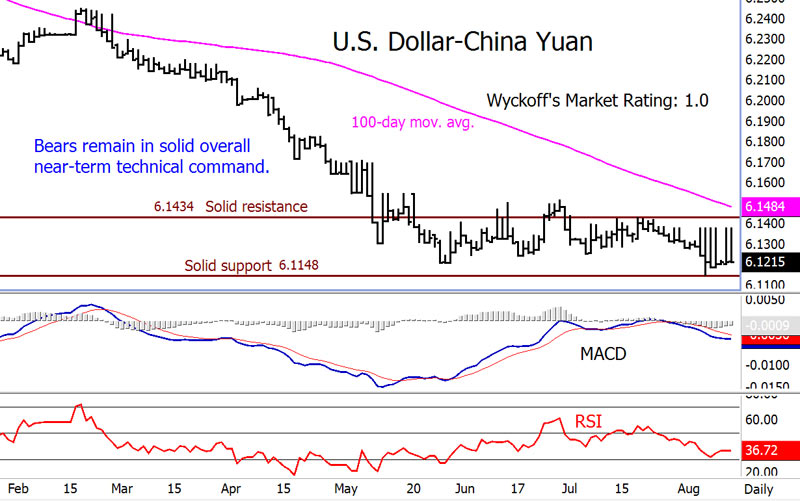
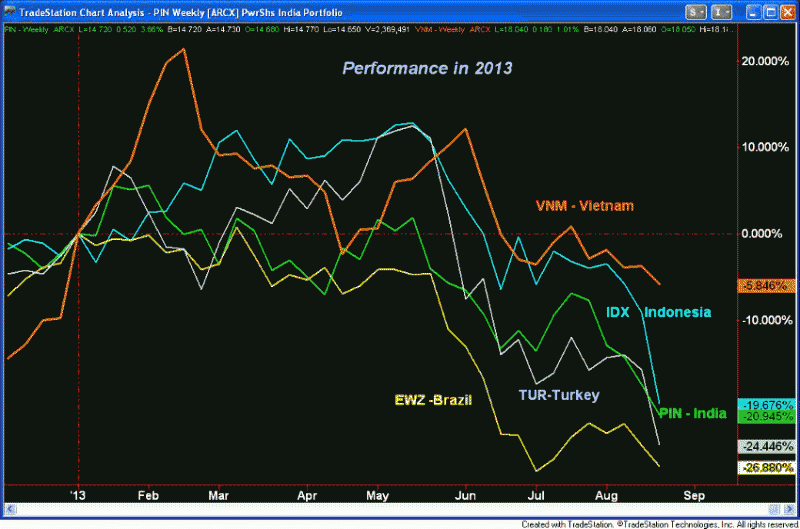
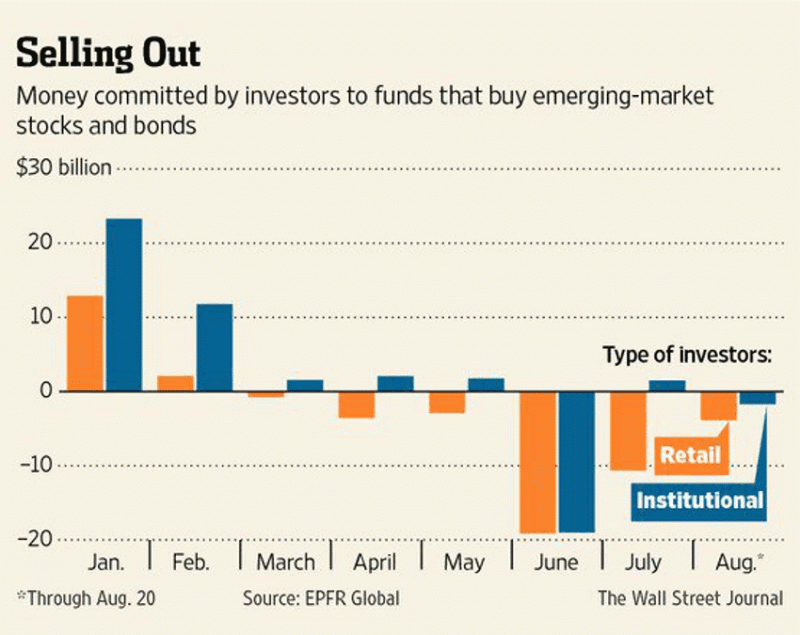
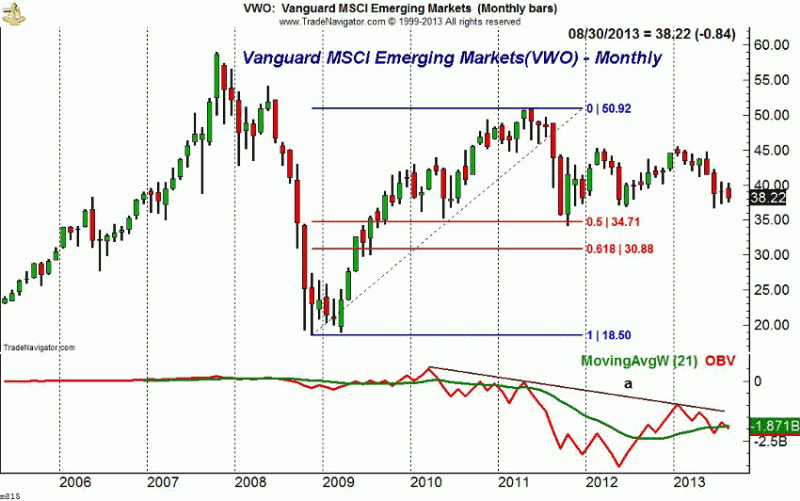
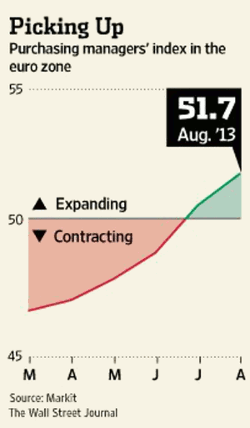
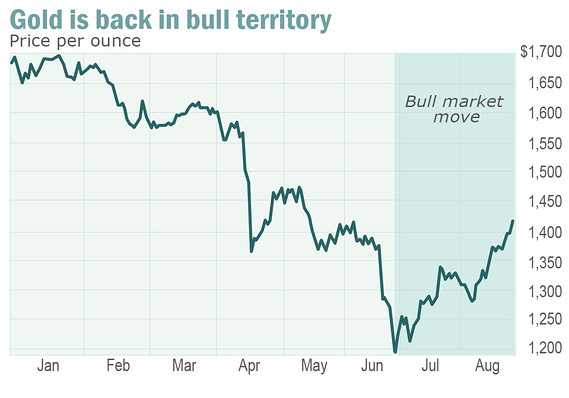
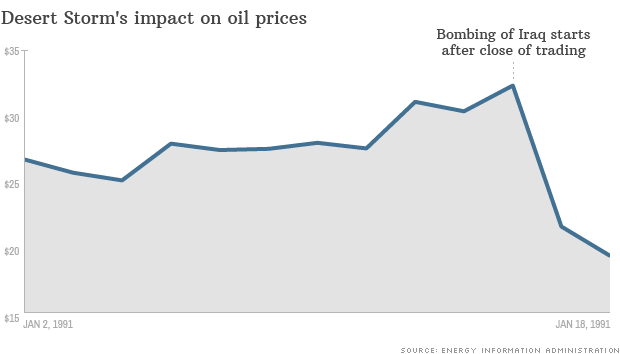


Bookmarks